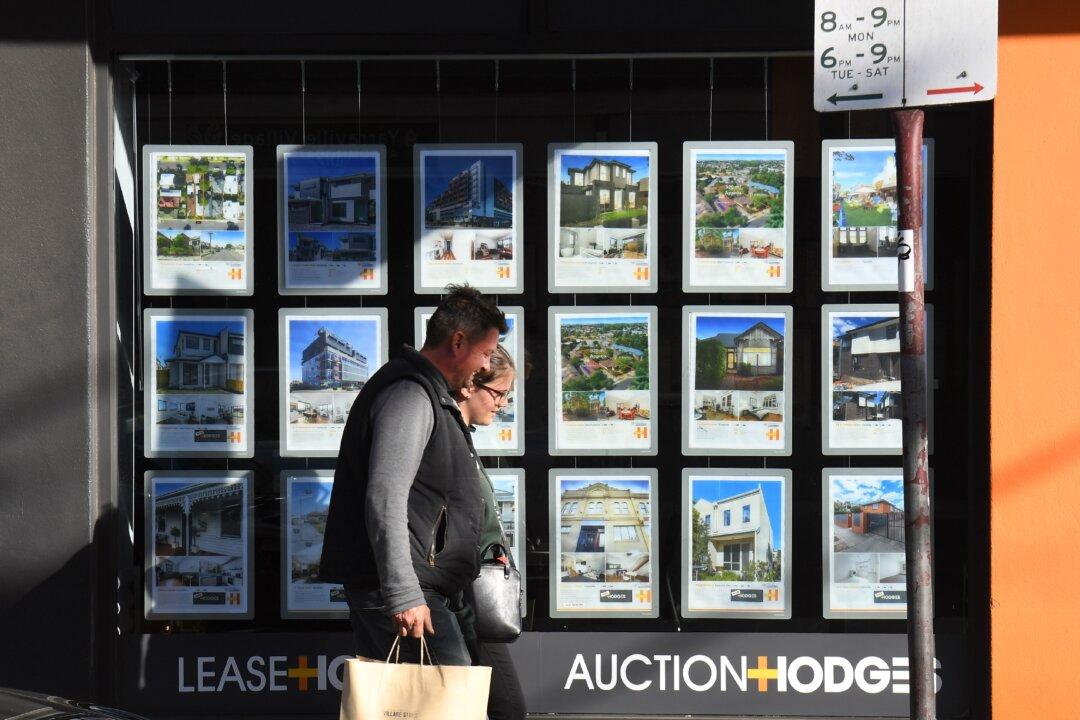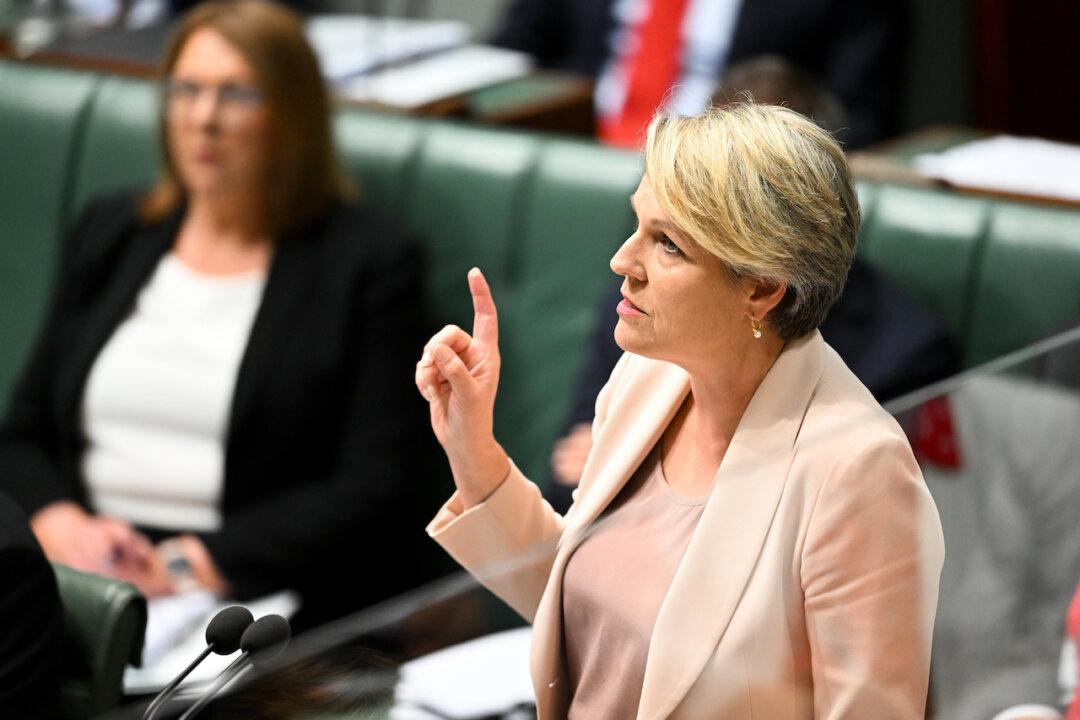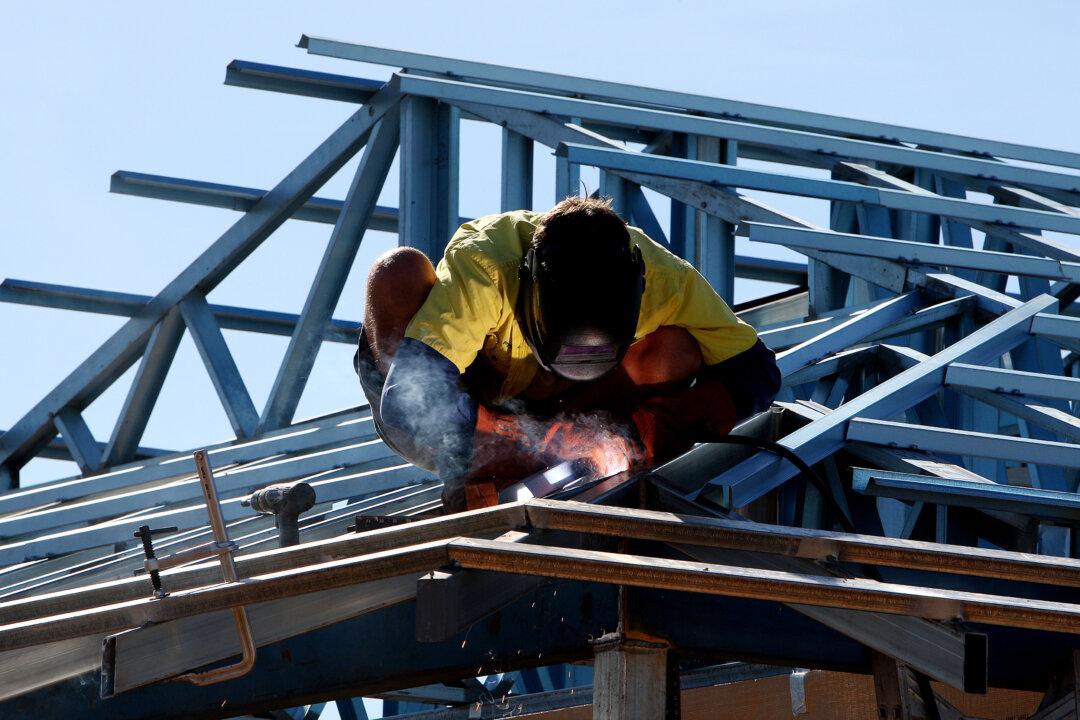The Greens party have accused the federal government of hustling Australians after an analysis by the Parliamentary Library alleged that only 2.02 percent of the one million homes promised under the National Housing Accord would be affordable.
The National Housing Accord, announced on Oct. 25, by Treasurer Jim Chalmers, is a landmark agreement between the government institutional investors and the construction sector to help tackle the current crisis in the housing market.




